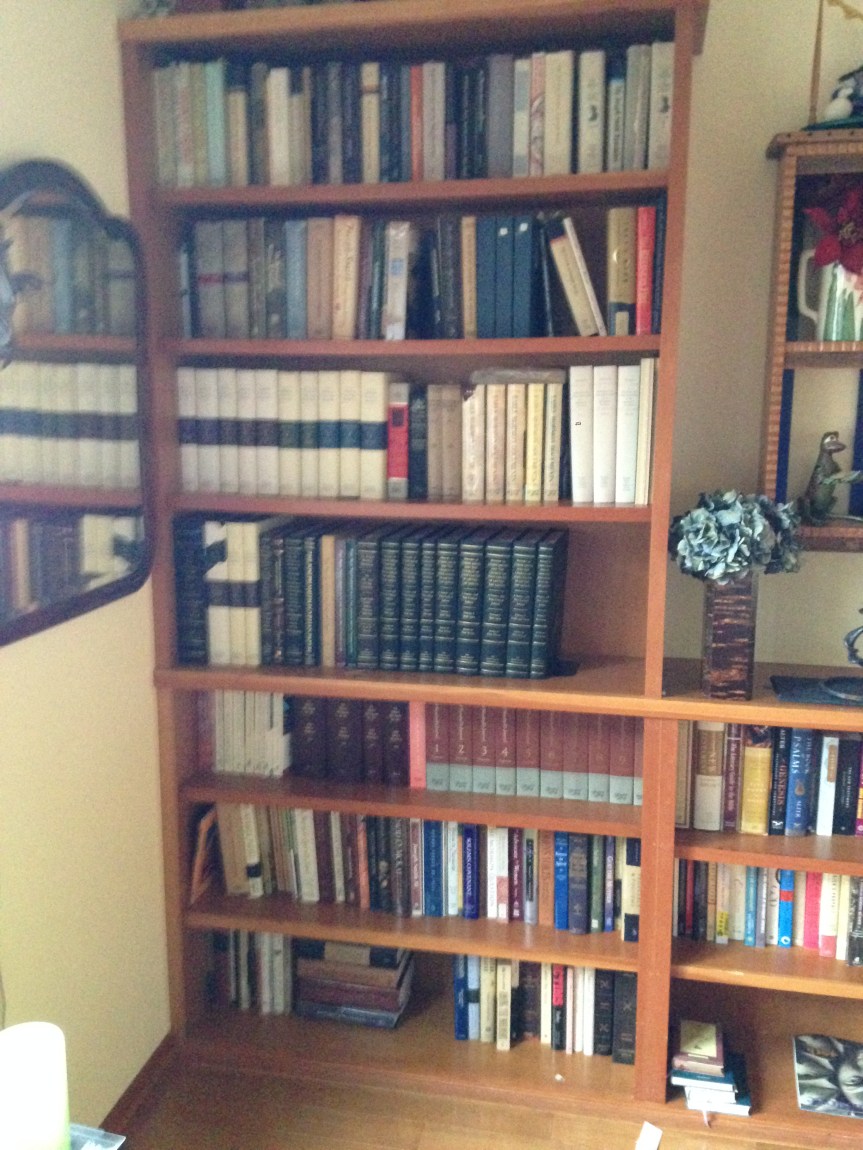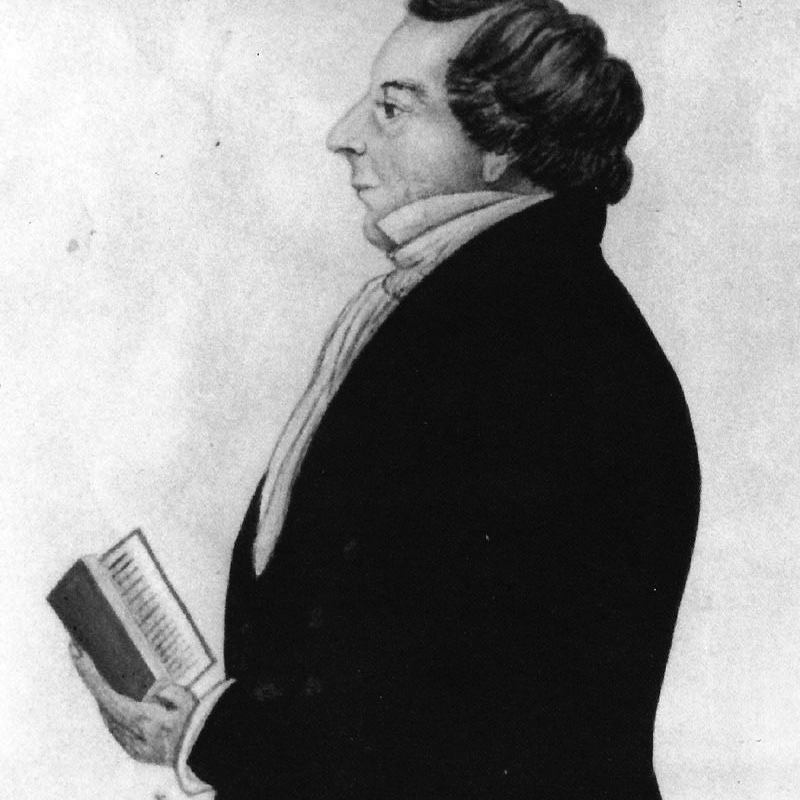
Today I saw a dove with a twig in it’s mouth fly across the park where Sadie and I were walking. That I thought of Noah in the Bible is a measure of where my head often is these days. Since leaving Adobe, a major focus (when I’m not gardening or playing) is a book-length project I fondly think of as Joseph’s Bible Stories—though I’m pretty sure it’s official main title will be A Book of Joseph. The Joseph of my title is Joseph Smith, the Mormon prophet, which no doubt comes as a surprise to many friends, especially those from my Adobe days. So let me line in a path to this admittedly eccentric project.
My current project intertwines the issue of my parallel lives during the 1980s and early 1990s—as editor/writer in the field of Mormon studies and Ph.d. student in narrative theory and 19th/20th century literature. I grew up Mormon in southeastern Idaho, where pretty much everyone was. As a mother with young kids, I found part-time jobs, first as researcher/writer at the LDS Historical department, then as researcher/editor for an art exhibit in Utah folk art, and finally as an editor/ writer first at Sunstone magazine and then at Signature books, regional publishers specializing in Mormon studies.
By the time I became editor at Signature and graduate student at the University of Utah, I had distanced myself from activity in the LDS church. But my education was only beginning. At Signature “editing” ran the gambit from copy editing to writing/rewriting books and made of me, I like to say, an “accidental” Mormon historian. During this same period, I was immersing myself in varying approaches to studying and analyzing narrative.
Before I left Signature and graduate school, I had begun a project that layered my expertise in narrative onto my growing interest in Joseph Smith’s reading and rereading, or (to use his own term) his “translating” of Bible stories. Joseph’s “translation” of the Book of Mormon tells stories of various groups exiting the Bible—at the tower of Babel, before exile from Jerusalem—and living versions of Old and New Testament stories in America. Joseph later completed what he called a “new translation” of the King James Bible, correcting it, he said, and adding expansive new stories for Moses, Satan, Enoch, and others. His “translation” of ancient papyri purchased with Egyptian mummies contained new stories of the earth’s creation and of Abraham in Egypt. I became convinced that tracing Joseph’s telling and retelling of Bible stories along the textual timeline of his career, what I call a “dictation plot” (because he mostly dictated his translations, rarely wrote in his own hand), would yield a useful view into Joseph’s imaginative economy and the distinctive curves of Mormon thought.
In effect, I put my project on hold during my fifteen years at Adobe Systems. But in the past three years, I’ve excavated my early work and began inching my way forward (it competes, after all, with husband, family, friends, dog, garden, and the beauties of my lovely island). Last year I presented pieces of my work at several conferences. I’m working at posting my presentations and articles on Academia. I’m also hoping to share bits and pieces here. I’ve decided not to spend as much time on conferences this year, but would still love feedback and conversation.
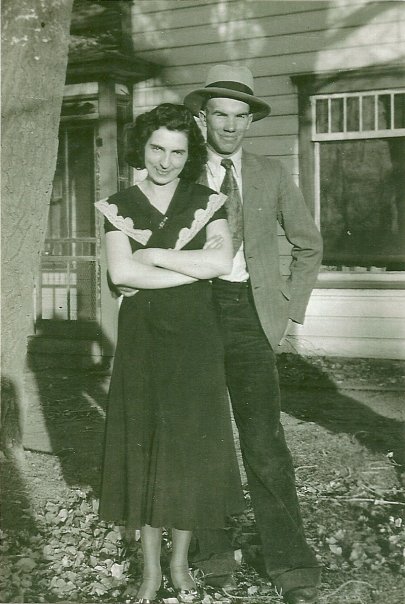


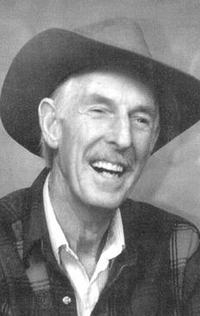
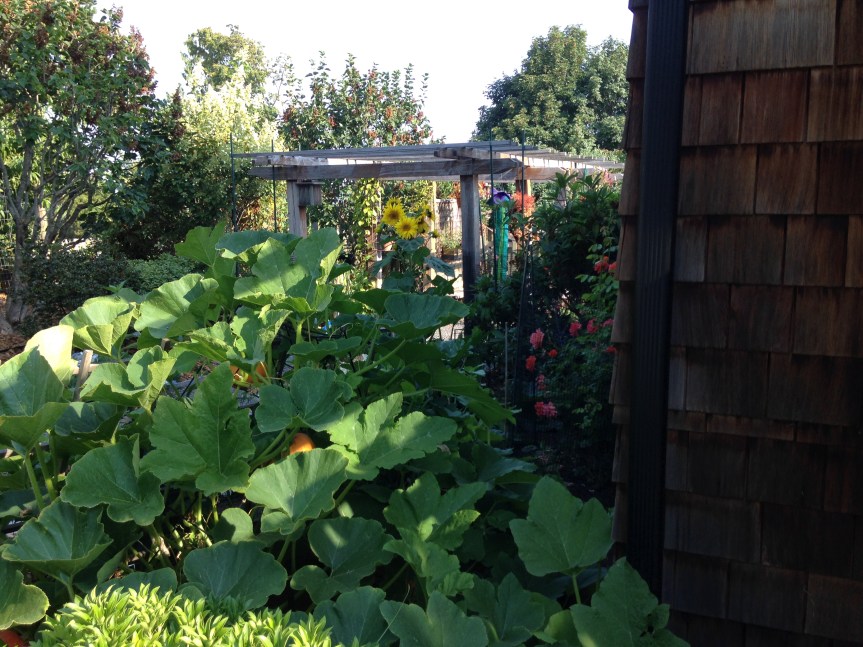 A skill I was made for (alas) helped me thrive as “editorial” poobah at Adobe Systems, a software company where I worked for fifteen years.
A skill I was made for (alas) helped me thrive as “editorial” poobah at Adobe Systems, a software company where I worked for fifteen years.